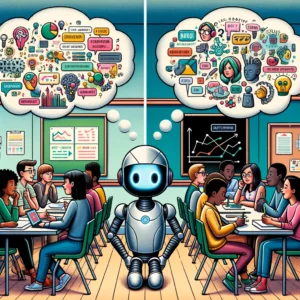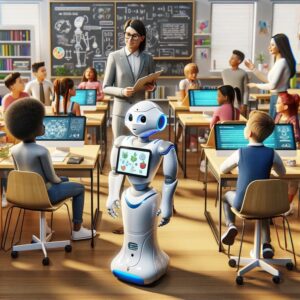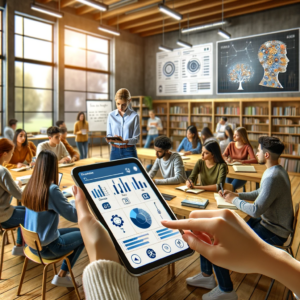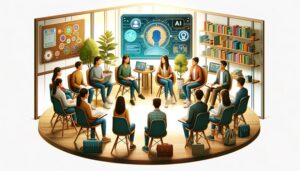Imagine a classroom where technology mirrors the human brain. Researchers at Northwestern University have developed a synaptic transistor that processes and stores information like our brains. This device is groundbreaking because it works as efficiently as our human brains do – balancing multiple variables at the same time and making it possible to engage in intricate, higher-order thinking.
This device is capable of associative learning, recognizing patterns, and dealing with imperfect information, similar to critical thinking skills we teach students. Imagine a class robot someday, programmed to this device. A true teacher’s pet.
But before we get carried away, let’s remember this. What this device can’t replace is the human experiences that are unique to all of us – experiences that are revealed in classroom conversations. The nuances of student perspectives and the empathy involved in these interactions are elements that this device can only react to – not originate.
This advancement in technology is exciting, offering potential for more sophisticated educational tools. Yet, it also highlights the irreplaceable value of human dialogue in teaching and the need for learning environments where everyone’s voice is heard.
That’s why conversation techniques for teachers are intrinsically MORE efficient than the most advanced of devices. There are worlds of data AI is ignorant to now and in the future that can only be brought out through human interaction.
It’s dialogue generating through caring and trusting environments that can reveal what AI can’t touch.
Listen to our podcast and experience the teaching technique that is making waves in classrooms.
Picture by Dall-E.





